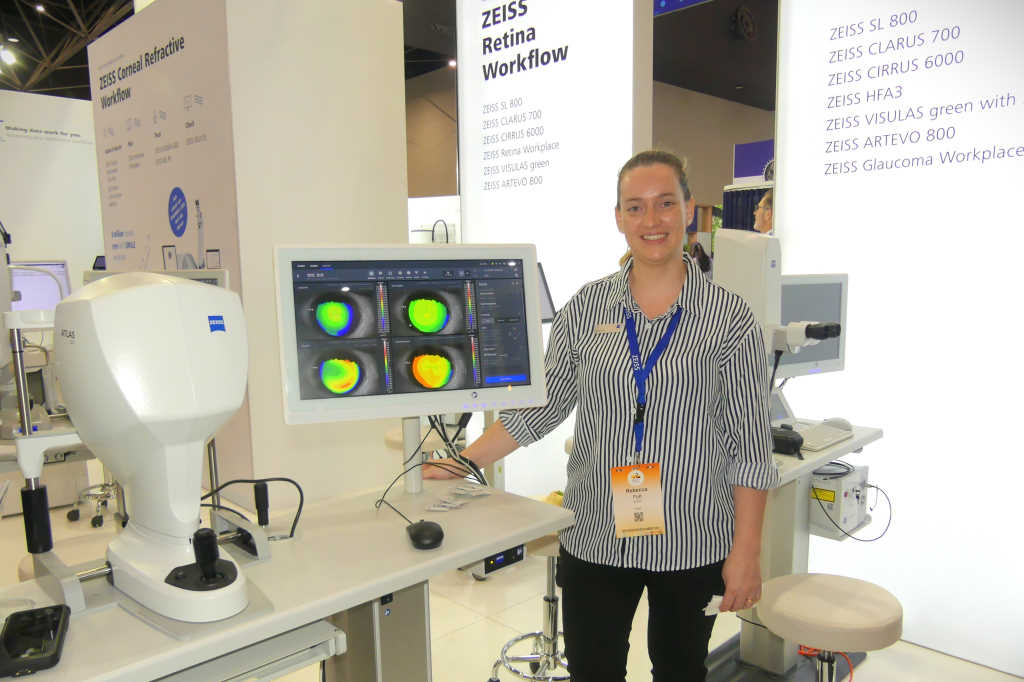New drug target for dry AMD
A US study has identified the blood protein, vitronectin, as a promising target to help treat dry age-related macular degeneration (AMD), Alzheimer's and heart disease.
"Our findings suggest that vitronectin, which is shaped like a sticky propeller, orchestrates the formation of the spherical deposits that accumulate and cause dry AMD," said study author Professor Francesca Marassi, director of the Cancer, Molecules and Structures Programme at Sanford Burnham Prebys Institute in California.
While it’s known dry AMD is caused by the progressive accumulation of drusen, it’s still unknown how these deposits form, said Prof Marassi, whose team set out to prove that vitronectin tightly clasps calcium and hydroxyapatite, driving the formation of the abnormal deposits.
"We know that these deposits have a cholesterol-rich lipid core that is surrounded by a shell of hydroxyapatite and a final topcoat of vitronectin," said Prof Marassi. "Our study suggests that vitronectin brings all these pieces together in one place to build up this complex assembly. With this information, we can start to figure out how to disrupt these interactions and break up this deposit."
Prof Marassi is working with the Conrad Prebys Centre for Chemical Genomics to identify vitronectin-targeting compounds to prevent drusen from forming to help slow the progression of dry AMD and, potentially, other plaque-related conditions such as Alzheimer's and the cholesterol-rich plaques causing heart disease.
The study was published in the Proceedings of the National Academy of Sciences (PNAS).



























